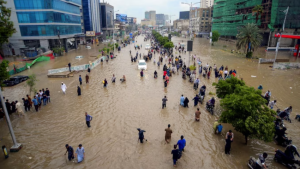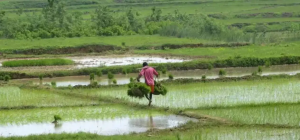
AI Predicts Shocking Future For Pakistan. It’s Not Army’s Fault
A study led by Professor Jonghun Kam at POSTECH warns that Pakistan faces a future of recurring “super floods” and “extreme droughts,” driven by accelerating global warming. Using AI to analyze historical river flow data, researchers found that the upper Indus River may experience severe floods or droughts roughly every 15 years, while nearby rivers could face such extremes every 11 years. These shifts threaten agriculture, energy, and livelihoods, especially as melting glaciers complicate water management. The study calls for region-specific water strategies and improved forecasting, positioning AI as a crucial tool for climate adaptation in vulnerable regions.










